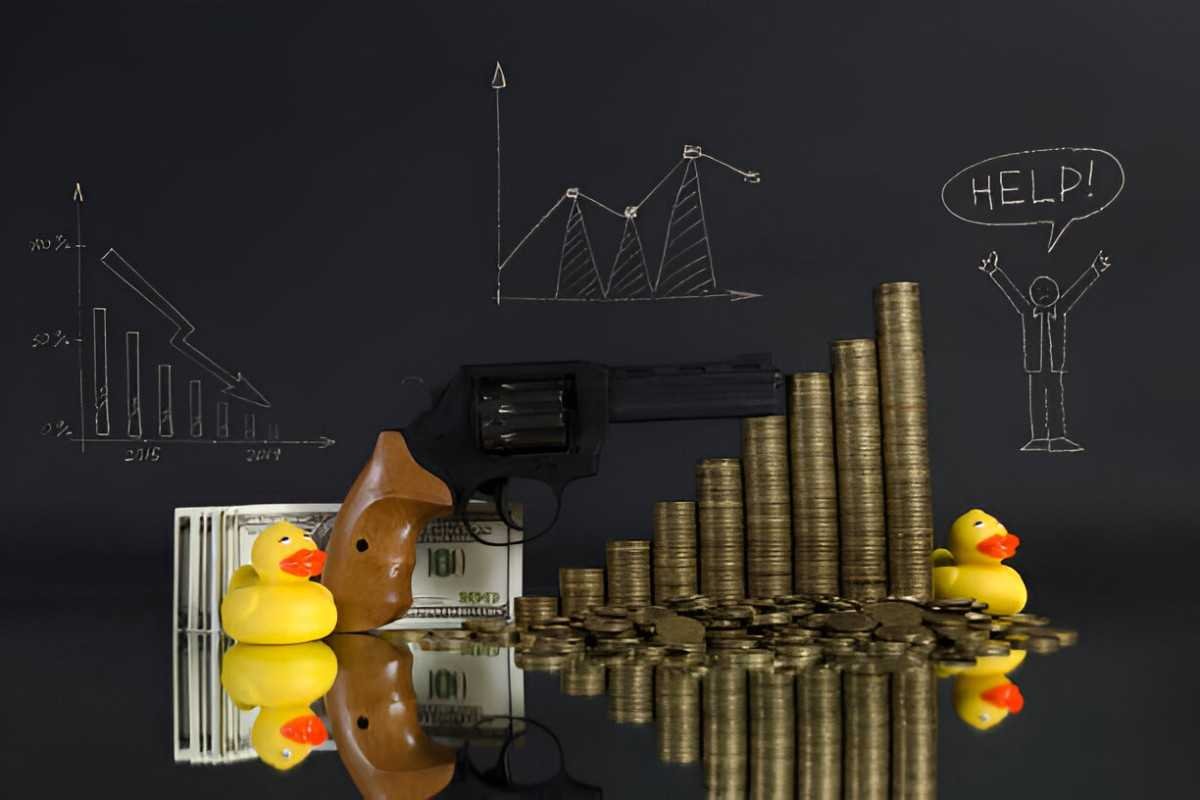Introduction
I often find that economic models simplify reality to make predictions. But markets don’t always behave smoothly. Sometimes, they react too much before settling into equilibrium—a phenomenon known as overshooting. This concept, introduced by economist Rudi Dornbusch in 1976, explains why exchange rates, stock prices, and interest rates can swing wildly before stabilizing. In this article, I’ll break down overshooting, its mathematical foundations, real-world implications, and why it matters for investors and policymakers.
Table of Contents
What Is Overshooting?
Overshooting happens when a variable—like an exchange rate—temporarily moves beyond its long-term equilibrium in response to a shock. Think of it like a rubber band: if you stretch it too far, it snaps back. Markets behave similarly. Prices don’t adjust instantly; they overreact first, then correct.
The Dornbusch Model
Dornbusch’s seminal paper, Expectations and Exchange Rate Dynamics, formalized this idea. He argued that because some prices (like wages) are sticky, financial markets adjust faster than goods markets. This mismatch causes overshooting.
The model assumes:
- Sticky prices in the short run.
- Perfect capital mobility (investors move money freely across borders).
- Uncovered interest rate parity (UIP):
Where:
- i_t = domestic interest rate
- i_t^* = foreign interest rate
- S_t = current exchange rate (domestic/foreign)
- E_t[S_{t+1}] = expected future exchange rate
If the Fed raises interest rates, the dollar appreciates immediately—too much—before gradually depreciating to its long-run value.
Why Does Overshooting Happen?
1. Delayed Price Adjustments
Goods prices (like wages or rent) adjust slowly, but asset prices (like stocks or currencies) react instantly. This mismatch creates volatility.
2. Expectations and Speculation
Traders front-run policy changes. If they expect higher inflation, they sell bonds, pushing yields up more than necessary.
3. Liquidity Constraints
When markets lack depth, small shocks cause big swings. Thinly traded currencies often overshoot.
Mathematical Illustration
Let’s say the Fed hikes rates by 1%. According to UIP, the dollar should appreciate. But how much?
Assume:
- Initial exchange rate (S_0) = 1.10 (USD/EUR)
- Expected long-run rate (\bar{S}) = 1.05
- Interest differential (i - i^*) = 1%
The short-run overshooting exchange rate (S_1) is:
S_1 = \bar{S} \times e^{(i - i^*)}Plugging in:
S_1 = 1.05 \times e^{0.01} \approx 1.0606The dollar overshoots to 1.0606 before retreating to 1.05.
Real-World Examples
1. The 1980s USD Surge
When Paul Volcker raised U.S. rates to fight inflation, the dollar soared 50%—far beyond fair value—before crashing in 1985 (Plaza Accord).
2. Bitcoin’s Boom and Bust
In 2017, Bitcoin surged to $20,000, then fell 80%. Speculative frenzy caused extreme overshooting.
3. COVID-19 Market Crash
In March 2020, the S&P 500 dropped 34% in weeks, then rebounded. Fear-driven selling overshot fundamentals.
Policy Implications
Central Banks
They must communicate clearly to avoid excessive market reactions. Sudden rate hikes can trigger overshooting.
Investors
Recognizing overshooting helps avoid panic selling. Buying undervalued assets during overshoots can be profitable.
Businesses
Firms hedging forex risk should account for overshooting, not just equilibrium rates.
Criticisms and Limitations
- Rational Expectations Assumption
Dornbusch assumes traders are perfectly rational. In reality, herd behavior exacerbates overshooting. - Empirical Validity
Some studies find mixed evidence. Not all exchange rate moves fit the model. - Globalization Effects
Capital flows today are more complex than in the 1970s.
Conclusion
Overshooting isn’t just academic—it’s a market reality. Whether you’re a trader, policymaker, or business owner, understanding this concept helps navigate volatility. Prices don’t move in straight lines. They overshoot, correct, and find balance. By anticipating these swings, we make better financial decisions.





